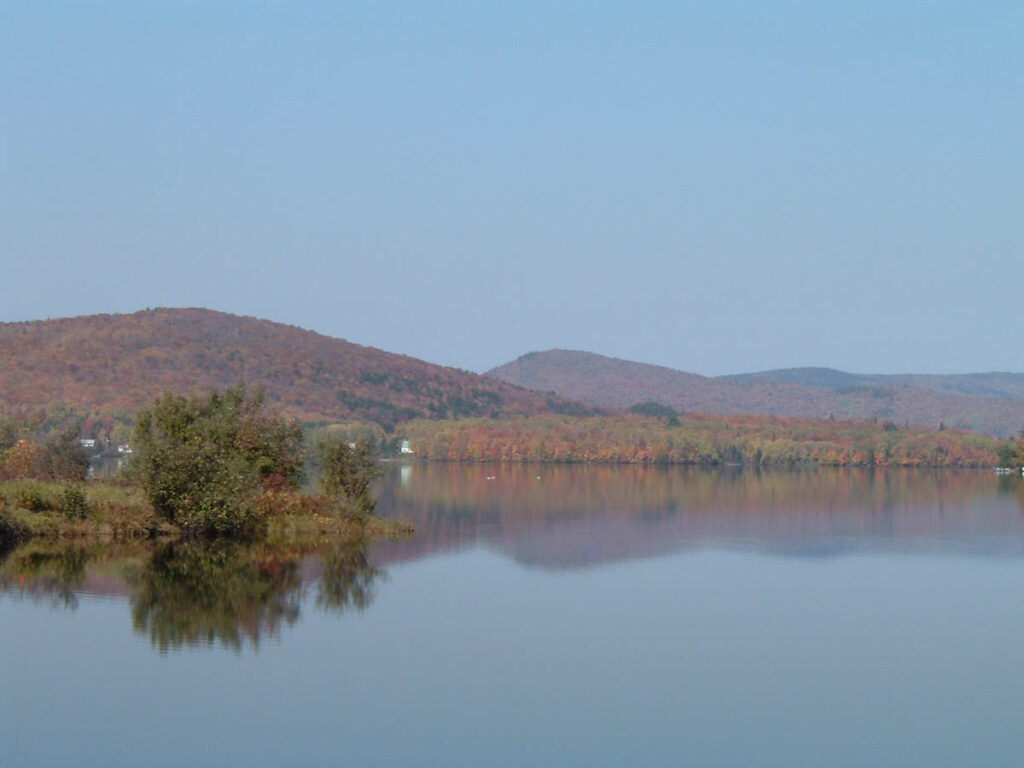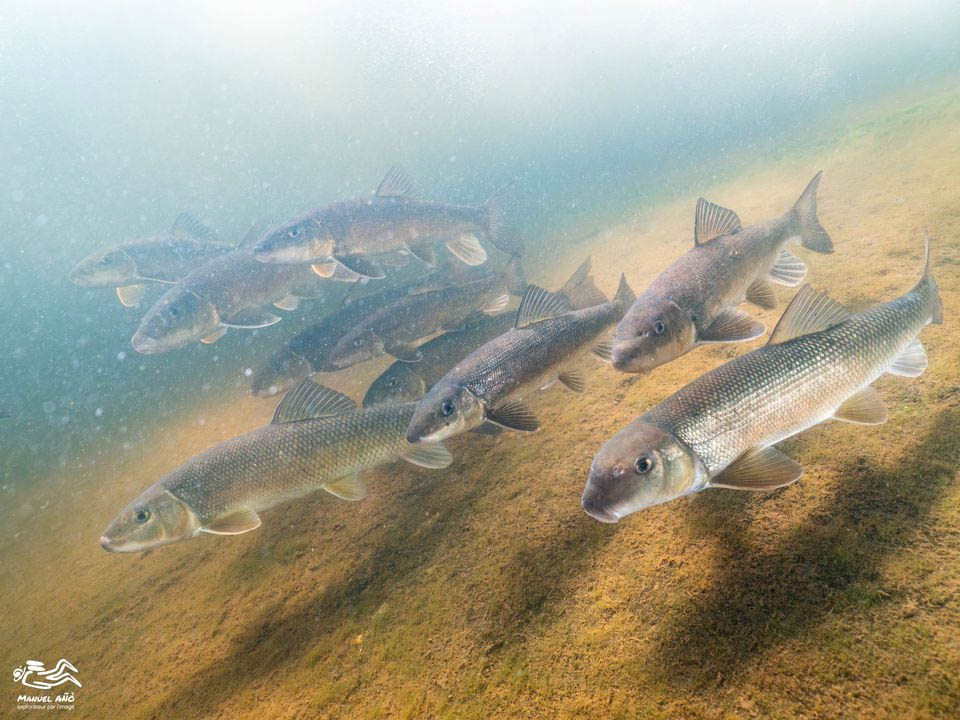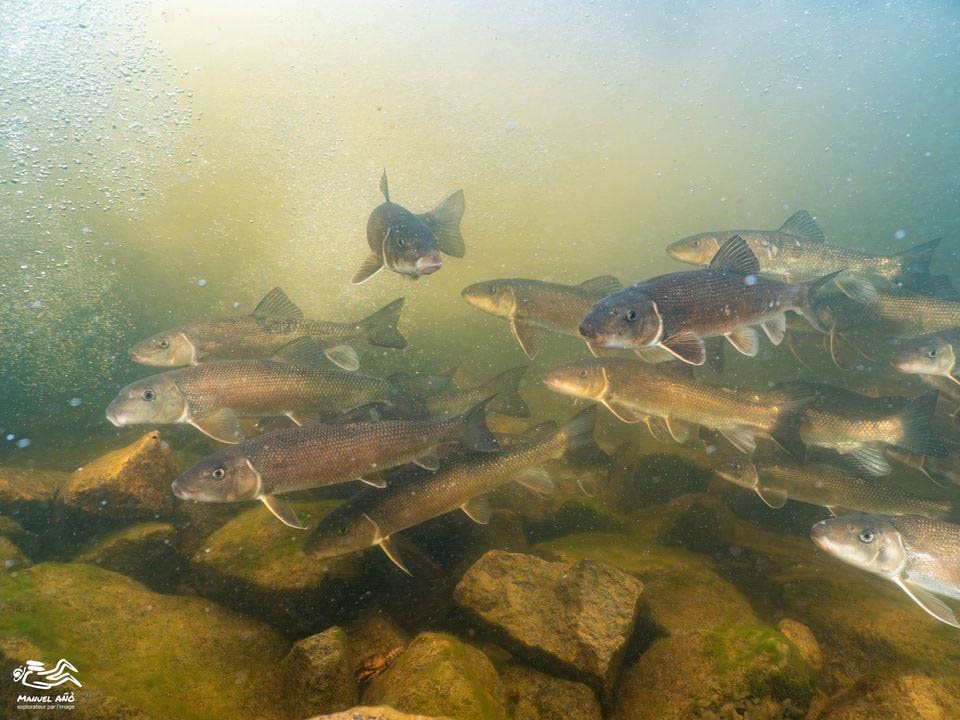The best dive of the Lake Saint Charles project to date occurred on May 22, 2023. Lots of fish and 45+ fishing hooks removed in less than 20 minutes.
Thank you to the citizens who came to exchange ideas, the project’s very curious children, and the very respectful fishermen who raised their rods during my dive in their area! Thank you, by the way, to the gentleman who stayed afloat to ask the fishermen who couldn’t fish because I was below haha! This is fantastic!
Manuel ANO
Manuel ANO scheduled another dive in Lake Charles in June 2023. He and his team have an exceptional diving permit at Lake Saint-Charles for scientific and educational purposes. It is strictly forbidden to dive there. Please be mindful of this delicate ecosystem.
Lake Saint Charles
Lake Saint-Charles is a lake in Quebec, Canada’s Capitale-Nationale region. It is part of the Quebec City borough of La Haute-Saint-Charles (section West) and part of the Stoneham-et-Tewkesbury united township municipality (section East).
The Saint-Charles River originates in Lake Saint-Charles. It is an important natural habitat for residents of Quebec City because it is less than 20 minutes from downtown. A portion of the drainage basin is also administered by Lac-Delage and the borough of Charlesbourg.
Lac Saint-Charles is primarily served on the east by the Grande Ligne road and on the west by the Lac-Saint-Charles road for recreational tourism and forestry.
From the end of December to the beginning of March, the surface of Lake Saint-Charles is generally frozen; safe circulation on the ice is generally done from the end of December to the beginning of March.
The Cyrille-Delage dam raises the level of Lake Saint-Charles because it serves as a reservoir for the water supply of the city of Quebec’s drinking water treatment plant. Erected at the lake’s exit in 1934, it was replaced in 1948, and the lake was raised again. The surrounding lowlands were submerged over widths of up to 50 meters (160 feet) as a result of this dam. The lake level is now about 2 metres (6 ft 7 in) higher than it was originally. This impoundment thus disrupted the physical and biological balance of the lake by altering its morphometry, bringing a massive supply of sediment, and causing a significant deficit in oxygen over half of the water column on a regular basis.
In the fall of 2006, the presence of blue algae, or cyanobacteria, revealed a new problem at Lake Saint-Charles. Although the causes of this phenomenon are being investigated, steps have already been taken to limit phosphorus supplies.
The lake serves as the starting point for the Saint-Charles and Berger rivers’ Linear Park.
Thanks to Manuel ANO for his photo contributions.
Follow Manuel’s Dive Adventures on Facebook.









